
Akash Menon
Software Engineer - Game Developer - Generalist

Software Engineer - Game Developer - Generalist
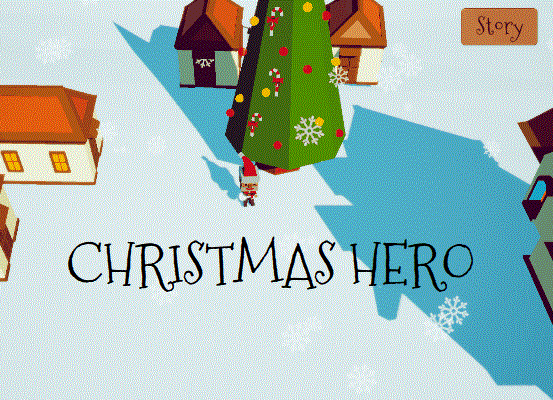
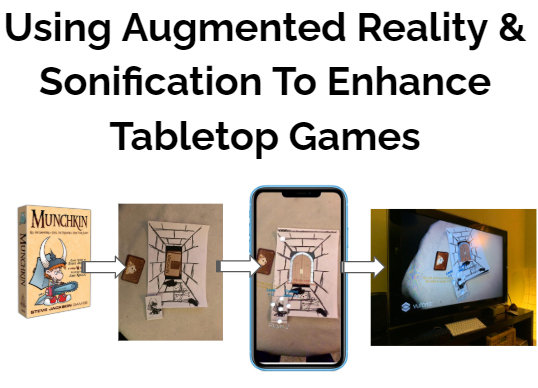
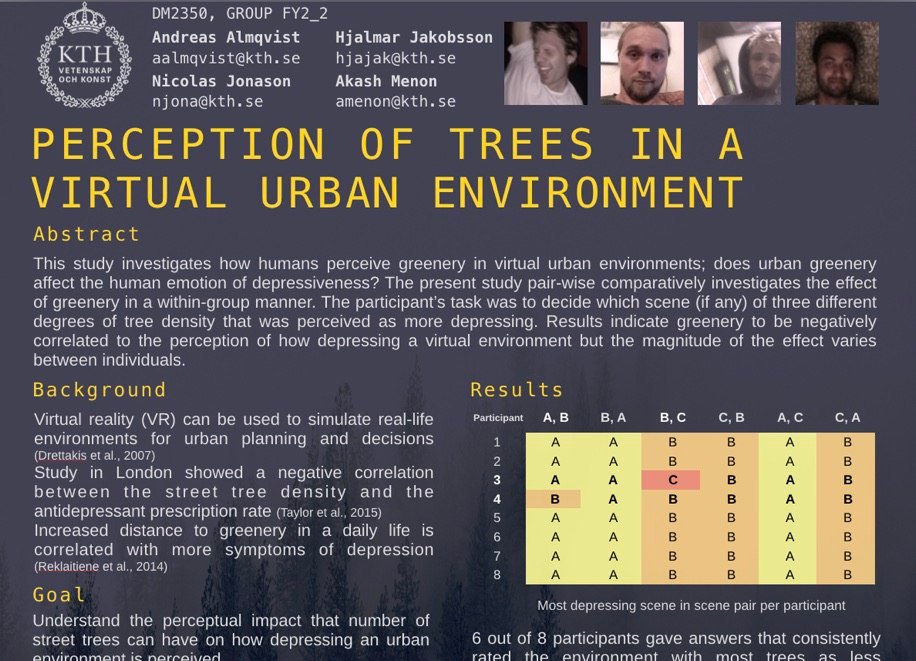
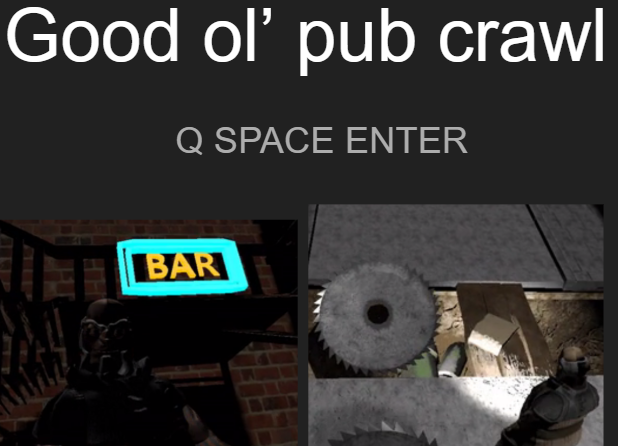
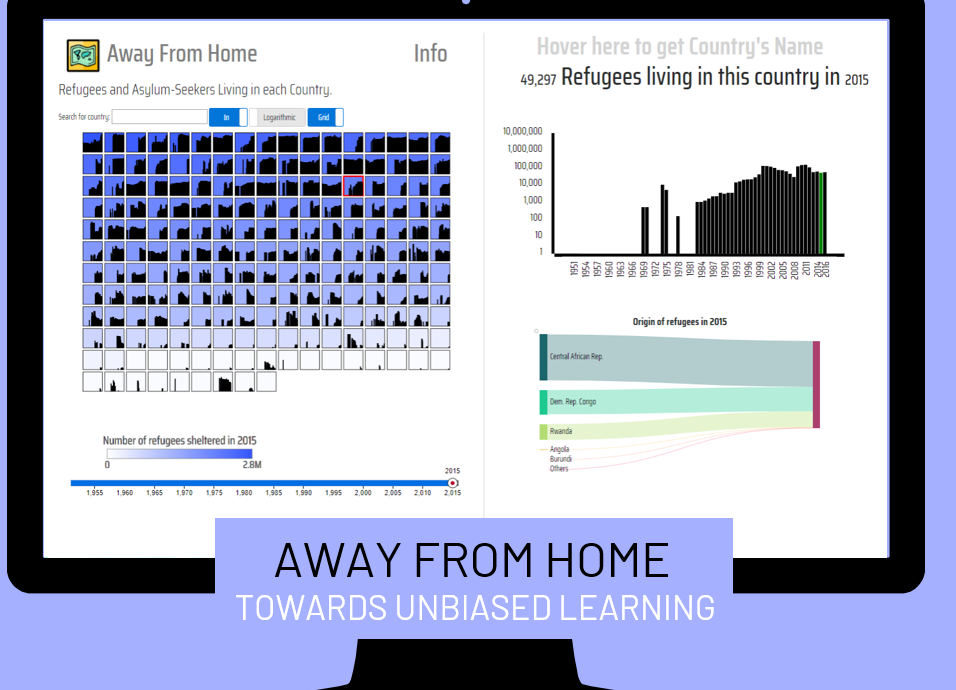
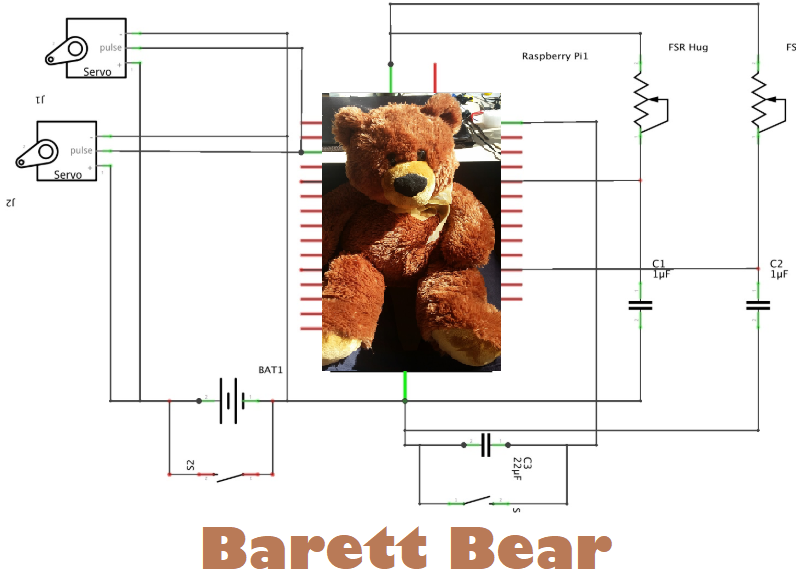
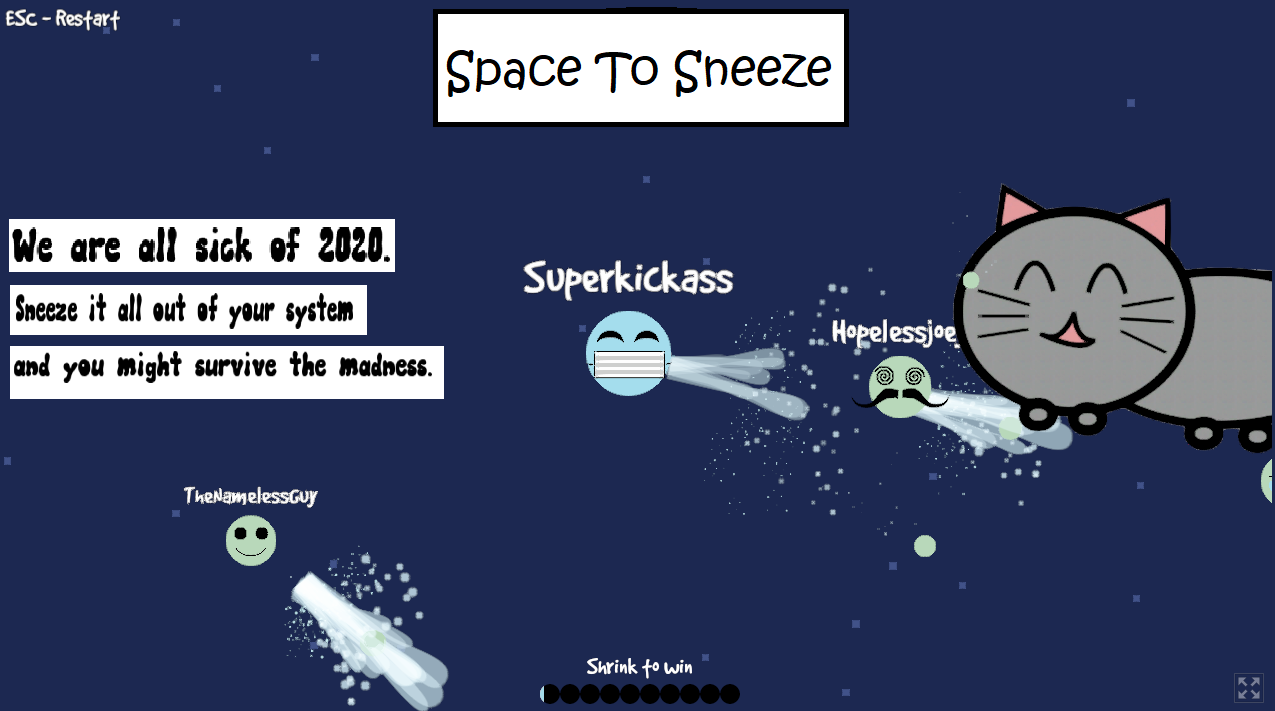
I studied Interactive Media Technology at the Royal Institute of Technology, Stockholm. My master thesis is about avatar creation and embodiment in VR.
Exploring the intersections of natural sciences and social sciences are among my passions.
I love working in multidisciplinary environments and teams!
Feel free to get in touch!